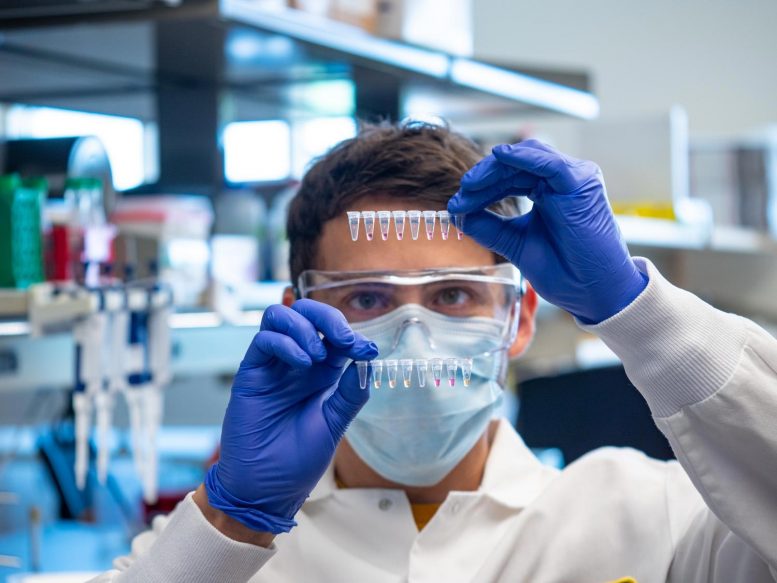
A researcher holds up a rapid RT-Lamp test in a lab at the BioFrontiers Institute. Credit: Glenn Asakawa/CU Boulder
Study shows test turnaround-time, and frequency are far more important than sensitivity in curbing spread.
Testing half the population weekly with inexpensive, rapid-turnaround COVID-19 tests would drive the virus toward elimination within weeks—even if those tests are significantly less sensitive than gold-standard clinical tests, according to a new study published today by CU Boulder and Harvard University researchers.
Such a strategy could lead to “personalized stay-at-home orders” without shutting down restaurants, bars, retail stores, and schools, the authors said.
“Our big picture finding is that, when it comes to public health, it’s better to have a less sensitive test with results today than a more sensitive one with results tomorrow,” said lead author Daniel Larremore, an assistant professor of computer science at CU Boulder. “Rather than telling everyone to stay home so you can be sure that one person who is sick doesn’t spread it, we could give only the contagious people stay-at-home orders so everyone else can go about their lives.”
For the study, published in the journal Science Advances, Larremore teamed up with collaborators at CU’s BioFrontiers Institute and the Harvard T.H. Chan School of Public Health to explore whether test sensitivity, frequency, or turnaround time is most important to curb the spread of COVID-19.
The researchers scoured available literature on how viral load climbs and falls inside the body during an infection, when people tend to experience symptoms, and when they become contagious.
They then used mathematical modeling to forecast the impact of screening with different kinds of tests on three hypothetical scenarios: in 10,000 individuals; in a university-type setting of 20,000 people; and in a city of 8.4 million.
When it came to curbing spread, they found that frequency and turnaround time are much more important than test sensitivity.
Curbing infectiousness by 80%
For instance, in one scenario in a large city, widespread twice-weekly testing with a rapid but less sensitive test reduced the degree of infectiousness, or R0 (“R naught”), of the virus by 80%. But twice-weekly testing with a more sensitive PCR (polymerase chain reaction) test, which takes up to 48 hours to return results, reduced infectiousness by only 58%. In other scenarios, when the amount of testing was the same, the rapid test always reduced infectiousness better than the slower, more sensitive PCR test.
That’s because about two-thirds of infected people have no symptoms and as they await their results, they continue to spread the virus.
“This paper is one of the first to show we should worry less about test sensitivity and, when it comes to public health, prioritize frequency and turnaround,” said senior co-author Roy Parker, director of the BioFrontiers Institute and a Howard Hughes Medical Institute investigator.
The study also demonstrates the power of frequent testing in shortening the pandemic and saving lives.
In one scenario, in which 4% of individuals in a city were already infected, rapid testing three out of four people every three days reduced the number ultimately infected by 88% and was “sufficient to drive the epidemic toward extinction within six weeks.”
The study comes as companies and academic research centers are developing low-cost, rapid turnaround tests that could be deployed in large public settings or commercialized for do-it-yourself use.
Sensitivity levels vary widely. Antigen tests require a relatively high viral load – about 1,000 times as much virus compared to the PCR test — to detect an infection. Another test, known as RT-lamp (reverse transcription loop-mediated isothermal amplification), can detect the virus at around 100 times as much virus compared to the PCR. The benchmark PCR test typically provided by medical professionals requires as little as 5,000 to 10,000 viral RNA copies per milliliter of sample, meaning it can catch the virus very early or very late.
In the past, federal regulators and the public have been reluctant to embrace rapid tests out of concern that they may miss cases early in infection. But, in reality, an infected person can go from 5,000 particles to 1 million viral RNA copies in 18 to 24 hours, said Parker.
“There is a very short window, early in infection, in which the PCR will detect the virus but something like an antigen or LAMP test won’t,” Parker said.
And during that time, the person often isn’t contagious, he said. The authors recently used these findings to call for a shift in the way we think about test sensitivity in The New England Journal of Medicine.
“These rapid tests are contagiousness tests,” said senior co-author Dr. Michael Mina, an assistant professor of epidemiology at the Harvard T.H. Chan School of Public Health. “They are extremely effective in detecting COVID-19 when people are contagious.”
They are also affordable, he added. The rapid tests can cost as little as $1 each and return results in 15 minutes. Some PCR tests can take several days.
Cheap, DIY tests for every household
Mina envisions a day when the government sends simple, cheap DIY tests to every home in the United States. Even if half of Americans tested themselves weekly and self-isolated if positive, the result would be profound, he said.
“Within a few weeks we could see this outbreak going from huge numbers of cases to very manageable levels,” Mina said.
Rapid testing could also be the key to breathing life back into former superspreader threats like football stadiums, concert venues and airports, with patrons testing themselves on the way in and still wearing masks as a precautionary measure, Larremore said.
“Less than .1% of the current cost of this virus would enable frequent testing for the whole of the U.S. population for a year,” said Mina, referencing a recent economic analysis published by the National Bureau of Economic Research.
The authors say they are heartened to see that several countries have already begun testing all of their citizens, and hopeful that the new U.S. administration has named rapid testing as a priority. On Tuesday, the Food and Drug Administration approved the first at-home rapid test.
“It’s time to shift the mentality around testing from thinking of a COVID test as something you get when you think you are sick to thinking of it as a vital tool to break transmission chains and keep the economy open,” Larremore said.
Reference: “Test sensitivity is secondary to frequency and turnaround time for COVID-19 screening” by Daniel B. Larremore, Bryan Wilder, Evan Lester, Soraya Shehata, James M. Burke, James A. Hay, Milind Tambe, Michael J. Mina and Roy Parker, 20 November 2020, Science Advances.
DOI: 10.1126/sciadv.abd5393

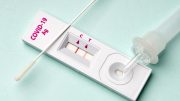

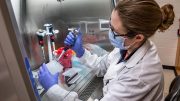
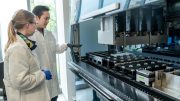
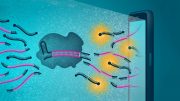
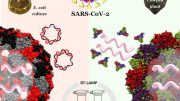
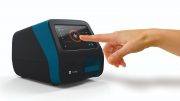
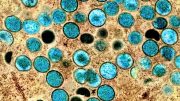
Hopefully those that be will be
open to implementing your what you are proposing
People self testing would be an excellent idea. For one, it would see them more involved in the process of getting back to normal.This induced poverty and enforced/compelled dependency inflicted upon them by systemic means, that I believe are ill advised, is/has been counterproductive. This would be a good start. People are at present being forced to feel as if they are being charged for/instead of any culprit in China and the west that caused the epidemic.
There would also be a lot more complicity from a more trusting populace if the argument was not always about consequences to them. The present rethoric omits ANY satisfying questions of culpability for a deadly weaponized disease but attacks the innocent about a mask or even ban baby clothes in some lock down in the UK as a consequence.
This proposal is a good way to repair trust issues if intelligently put forth. it is not necessarily about what but how it is done…
Bravo…
Just not convinced that any testing is going to help prevent the spread of Sars/CoV 2. The majority of people were exposed 10 years ago when Sars/CoVid ( not #2) came around and was overlooked as the “flu”. tRNA viruses stay forever in our bodies. Just dormant at times, but you still have it waiting to be reactivated in our bodies when exposed again. Good Luck to All
People and even some experts misunderstand the Antigen test.
The Antigen test is more sensitive than PCR when the person tested is contagious.
That’s because the antigen test detects virus itself unlike PCR finding virus’s genetic materials.
So, for the screening purpose, mass and routine antigen testing is the most powerful tool to suppress and control the current Covid-19 big wave.
It is a known fact that rapid antigen test is not as sensitive as PCR molecular test. To circumvent this limitation, a frequent testing strategy can be employed to increase the probability of detecting (POD) the viable viruses in any person. The probability of missed detection is (1-Sensitivity). When a frequent testing strategy is employed, there is a greater chance of detecting infectious carriers in a population than any single test does.
Let’s assume the sensitivity of the test kit is 80% and the number of tests performed per week is 3. The equation for computing POD:
POD = 1-(1-0.80)^3 = 99.2%
Therefore frequent testing can boost up rapid antigen testing to achieve almost 100% sensitivity.